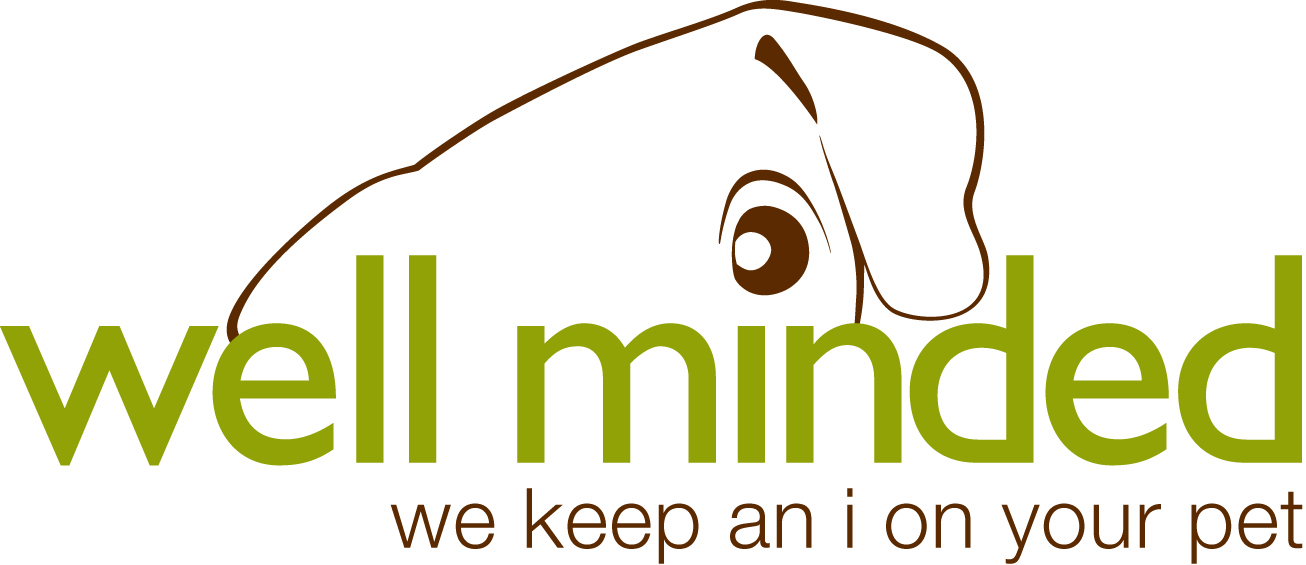Got a kiddo who is crazy about animals? There's an app for that. These days, you can find an app to satisfy almost any interest, but with so many options out there, how do we determine which ones are best for our kids? Look no further. We've summarized a selection of apps that are great for kids from toddlers to tweens. These apps will educate and entertain at minimal cost, and some are even free. Check out our top ten:
top 10 apps for kids who love animals
top 10 apps for kids who love animals
ANAMALIA: ages 5+, $2.99 ($3.99 for the iPad version)
This app pairs gorgeous illustrations with learning about animals, the alphabet, and vocabulary.
Education: The Animalia app is based on an alphabet picture book of the same name. The graphics in the app mimic the gorgeous illustrations of the book, and three separate games help kids learn the alphabet and new vocabulary words. Excellent for emerging readers.
Fun Factor: In addition to being an e-book, this app has three guessing games that are fun and challenging, so they will keep your new reader interested and coming back for more.
Safety: Security is good, and this app is relatively safe. There is an option to share your score on Facebook. There are links to the author’s web site.
Platforms: iPhone, iPod Touch, iPad
ANIMAL PLANET: TRIVIA CHALLENGE: ages 8+, $1.99
This wildlife trivia app incorporates video and puzzle questions.
Education: Elementary-aged kids and even pre-teens will enjoy learning and being quizzed about wildlife animals. There are multiple levels of difficulty, and the game is played in rounds. Kids will need strong reading skills, as each question has a fifteen-second time limit.
Fun Factor: Scores are saved and tracked in the game center, and the challenge of answering trivia puzzles in different forms with a time-limit is exciting.
Safety: Link to more games from the developer and to the Discovery Chanel web site. Users can upload avatar photos, where their location, post on message boards, connect with Facebook and Twitter, and access live chat with strangers. These features can be turned off.
Platforms: Android, iPhone, iPodTouch, iPad
BUBBLE GUPPIES: ANIMAL SCHOOL DAY: preschool, $2.99-$4.99
The characters from the popular Nick Jr. TV show, Bubble Guppies, take preschoolers on an interactive adventure as they learn about ten wild animals.
Education: Young children learn about the characteristics, habitat, and diet of ten wild animals. They tap, drag, swipe, and sort, so the app helps with developmental skills such as categorization and fine motor development.
Fun Factor: Any fan of Bubble Guppies will love the interactive games, sprinkled with jokes and silly encouragement.
Safety: No safety concerns or in-app purchases.
Platforms: Android, iPhone, iPodTouch, iPad, KindleFire
PEEKABOO BARN FARM DAY: preschool, $2.99
Talk about adorable! This app will be a hit with the preschool crowd.
Education: This cute app is easy for young children to play. They are introduced to responsibility in taking care of the animals, which include a dog, cat, cow, sheep, duck, chicken, pig, and llama. Toddlers will also be exposed to the concepts of dawn, day, and night as they wake the animals, care for them, and put them to sleep. Though not all of the animal interactions are true-to life, it's a great first exposure to farm life for young animal lovers. Preschoolers can test their reasoning skills and creativity.
Fun Factor: The animals are adorable, and young children love the interactions and the fun of taking care of each animal from dawn to dusk. Wake the animals with a rooster crow, and put them to sleep at dusk. Kids can explore the app by tapping and discovering new interactions.
Safety: No personal information is collected. There is a link to "other apps," but written directions must be followed in order to access them, so it is unlikely preschoolers would be able to access the link.
Platforms: iPhone, iPod Touch, iPad
POCKET ZOO WITH LIVE ANIMAL CAMS: ages 4+, $1.99
Learn about animal and watch them live on zoo webcams.
Education: Pocket Zoo lets us watch animals from zoos around the world via live webcams. It includes photos, animal facts, and animal sounds. You can look up animals from a list or from the "map" page, which looks like a zoo map. The combination of information provided with being able to check out the animals live is educational and fun for all ages.
Fun Factor: What could be more fun than checking out real animals on webcams? Older children can send email messages and tweets about what they are watching.
Safety: Though the email and tweet options are fun, they can be disabled for younger children, and require a username and password. There is a link to the Pocket Zoo store in the "more" section.
Platforms: Android, iPhone, iPod Touch, iPad
THE STRANGE AND WONDERFUL WORLD OF ANTS: ages 6+, $1.99
Who isn't fascinated by ants? This interactive ebook will satisfy any young scientist's curiosity.
Education: I love the fact that this educational ebook offers three reading levels: beginner (with narration), intermediate, and advanced. The app offers detailed information about different types of ants. The illustrations are beautiful and engaging. The book even delves into what human society can learn from ants and the similarities and differences. Builds science, vocabulary, and reading skills.
Fun Factor: An ant treks across the screen and offers bonus information when tapped.
Safety: Outside resource links.
Platforms: iPad
TOCA PET DOCTOR: preschool, $2.99
Toca Pet Doctor is a great first app for preschool aged kids who want to care for a virtual pet.
Education: This app introduces pet care and empathy for our youngest animal lovers. Children nurse fifteen sick or injured animals back to health. They use their reasoning skills to determine which simple cure will help the animals.
Fun Factor: The animals are super cute, and the app is "free-play," so there are no rules. It's easy to play and requires little if no guidance.
Safety: An icon on the main screen leads to another Toca app, but this can be disabled. No personal data is collected in the app.
Platforms: Android, iPhone, iPodTouch, iPad, KindleFire
TOUCH PETS DOGS (2)/TOUCH PETS CATS (2): ages 8+, free
Two apps, one for dogs, and one for cats, these are part silly and part real with a great message for elementary-aged kids.
Education: Kids will virtually care for their pets and watch them thrive as they make real-world decisions. The apps encourage pet adoption over purchasing, which is a great message. Kids learn about basic pet care, responsibility, ethics and respect.
Fun Factor: You can take your pets on missions, and be silly as dogs and cats work towards career goals. The satisfaction of doing a great job caring for pets and watching them thrive is fun, in itself.
Safety: This app is designed for elementary-aged kids. There are in-app purchases and post the status of their pet to social media.
Platforms: Android, iPhone, iPod Touch, iPad
WORLD BOOK'S WORLD OF ANIMALS: ages 7+, $4.99
The World Book's World of Animals app allows an in-depth, comparative look at over 200 animals with beautiful pictures.
Education: With over 200 living and extinct animals to explore, this app teaches about detailed characteristics. Each animal has its own page that includes photos and information about the species, scientific name, physical characteristics, diet, habitat, predators, and conservation status. Animals can be browsed and even compared and ranked based on various characteristics. Multiple-choice quizzes test kids on what they have learned.
Fun Factor: The beautiful pictures and ability to compare animals will keep kids coming back for more. It's like an interactive encyclopedia! The interface is easy and encourages exploration.
Safety: No discovered security concerns.
Platforms: iPad
ZOOLA Animals: preschool, free lite version/full version $3.99
Little ones will love the animal sounds and pictures. Common Sense Media describes it as "the 21st-century version of the See 'n' Say pull-the-string toy."
Education: Preschoolers will see real animal pictures, hear the animal sound, and identify the animal. Simple interface and multiple pictures of the same type of animal will reinforce identification. Children can start to distinguish between adult and baby animals as well as male and female.
Fun Factor: Toddlers and preschoolers love to see the animal pictures and hear the animal sounds. There are animal identification games, and you can even submit your own photos with your own pets.
Safety: No in-app purchases. You can submit your own photos, but this is likely too complicated without parental help.
Platforms: Android, iPhone, iPod Touch, iPad, Kindle Fire
guidelines are great, but always consider your child's individual needs
When it comes to getting the scoop on apps I’m considering for my children, I like to make sure that the programs my children are interacting with are appropriate and of high quality. I always turn to Common Sense Media when doing my research. Common Sense Media is a fantastic web site that rates apps, video games, and movies from the perspectives of the manufacturer/proucer, parents, and kids. The site provides the most well-rounded look at things that I’ve come across.
Every kiddo is different, so the age ranges noted here are guidelines. Some younger kids are ready to explore more advanced apps, and some older children might not yet be ready for the more challenging apps. Always research for yourself and select the best apps for your children based on their interests and ability levels.
Has your child tried any of these apps? Do you or your child have any favorite animal apps to share? We'd love to hear your thoughts and suggestions!
This article, written by me, originally appeared on Brie Brie Blooms and is reposted here with minor changes with permission.
All images courtesy of commonsensemedia.org
























 The grand opening date may still be in question, but the mission is not.
The grand opening date may still be in question, but the mission is not.




